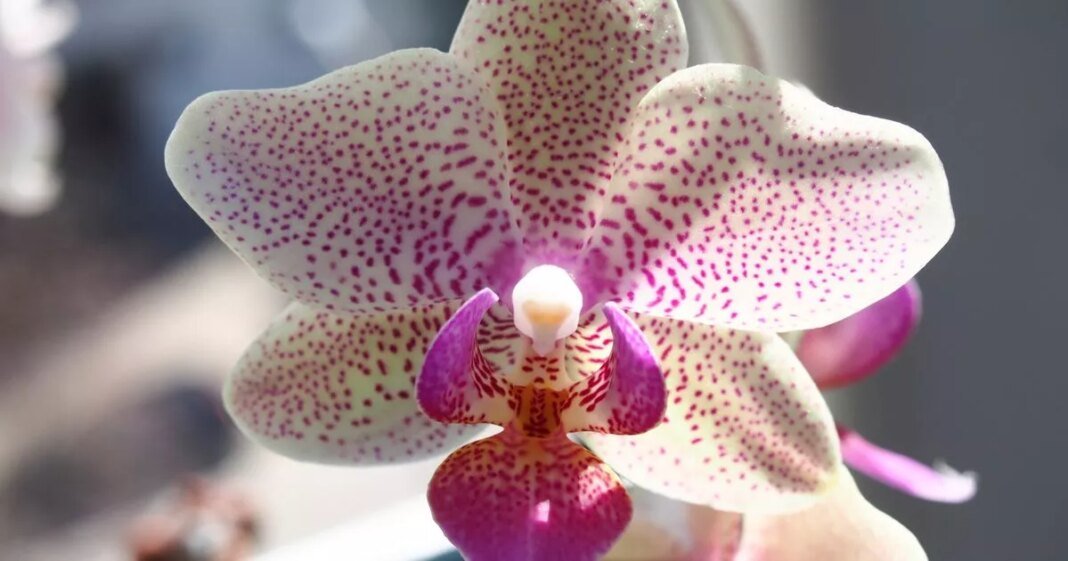Summer is finally on the horizon. So, if you want your orchids to be as lush as possible, you should add one cheap item to their water to see them grow like crazy.
While orchids are relatively easy to grow, it is important that you use the right kind of water to feed them. Otherwise you may see their rich purple blooms shrivel up and wither. The Royal Horticultural Society advises that “regular watering and misting” and that you should avoid using tap water, but rather boiled water or rainwater. However, experts advise that rice water can also provide them with a host of benefits.
Ideal Home posted a TikTok detailing the many nutritional benefits of feeding orchid rice water, as reported by The Express. They said: “It contains starches that provide energy.” Starch is good for plants as it allows them to effectively store energy produced during photosynthesis.
Ideal Homes also added that rice water contains significant amounts of vitamin B. This is important for plants as it helps strengthen their root system, allowing them to better absorb other nutrients.
Tammy Sons is a horticulturist and CEO of TN Nurseries. She told Homes and Gardens that rice water can also “help orchid plants grow more shoots”, which in turn encourages flowering.
Meanwhile, Jane Dobbs, lead gardener at Allan’s Gardeners, also attested to the water’s unique benefits. She told Woman&Home that rice water can “lead to healthy growth” because it contains a healthy mix of carbohydrates, amino acids and vitamins.
So, how do you make rice water? The first step is to boil some rice. When you do this, the starch and vitamins from the rice leeches into the water.
You should then leave it to cool to room temperature, to avoid shocking the plant. Then mix one part rice water to one part normal water to dilute it.
It’s very important to dilute the rice water. This is because prevents the potting mix of the plant from hardening due to its high starch content.
The orchid should be watered once every two to three weeks, pouring the rice water directly onto the soil. It’s important not to overwater, as this can lead to mushy roots and droopy leaves.
If you’re not quite sure when to water your orchid, a safe bet is to wait until the soil is dry and the roots appear silvery. This is a good indicator that your plant is thirsty.
To keep your orchid as healthy as possible, you should grow it in bark-based compost. It should also be placed in bright indirect sunlight.
Equally, be careful about exposing them to cold draughts, as this can cause them to droop. Orchids do well in indoor settings, with access to central heating.
At Reach and across our entities we and our partners use information collected through cookies and other identifiers from your device to improve experience on our site, analyse how it is used and to show personalised advertising. You can opt out of the sale or sharing of your data, at any time clicking the “Do Not Sell or Share my Data” button at the bottom of the webpage. Please note that your preferences are browser specific. Use of our website and any of our services represents your acceptance of the use of cookies and consent to the practices described in our Privacy Notice and Cookie Notice.



